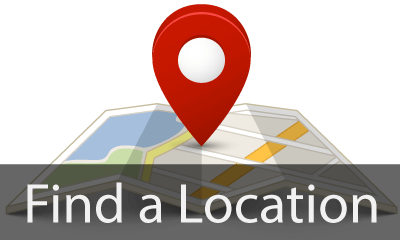Carriers use USPS zones to calculate the distance a package will travel from its point of origin to its destination. Shipping carriers use these zones to dictate the pricing contract for each package depending on the destination zone. The USPS shipping zone charts help shippers apply accurate rates to ship a package based on the weight, distance, and speed of delivery. Zones also vary according to different maps and different cities.
The USPS has eight shipping zones altogether based in the continental U.S. Here is a breakdown of these zones:
- Zone 1: 1- 50 miles
- Zone 2: 51- 150 miles
- Zone 3: 151- 300 miles
- Zone 4: 301-600 miles
- Zone 5: 601-1000 miles
- Zone 6: 1001- 1400 miles
- Zone 7: 1401- 1800 miles
- Zone 8: 1801 miles or greater
How USPS Zones Work
Zones change depending on your location and where you want to send the package. For example, a package sent from California to New York is a Zone 8 shipment since the shipment is across the entire country. In other words, USPS zones work depending on the distance from the initial shipper. It means that the further the distance a package travels from its origin, the higher the zone of its destination.
People misunderstand these USPS zones and think they are in a specific zone that will determine the price of shipping and receiving packages. USPS zones do not work this way since they depend on the receiver's location. For example, when sending a package to a nearby location, your zone is always 1. If you send the package further away from the neighboring town, the zone increases depending on the distance.
How to Determine USPS Zones
The best way to find USPS zones is to use USPS zone charts. The charts help you to determine the distance code assigned to each destination depending on the origin location.
Here are some great tools to determine the USPS zone you are shipping to:
- USPS Domestic Zone Chart: The USPS Zone Charts help you determine the proper package postage rates, which are calculated based on the package's weight and distance traveled. The tool requires the first three ZIP Code digits of the original location and those of the destination.
- UPS Zones and Rates for the 48 Contiguous States: UPS Zones work similarly, but they do not include Zone 1. UPS considers the 48 contiguous states (except Hawaii and Alaska) designated zones 2-8. In addition, UPS has three special zones: Zone 44: Urban areas of Alaska and Hawaii, Zone 45: Puerto Rico, and Zone 46: Remote areas of Hawaii and Alaska. The tool requires the zip code of origin to download the zone charts.
- FedEx Zone List: FedEx shipping zones range between 1 and 8 for domestic shipments. The FedEx zone locator tool allows you to determine the shipping rate of a package based on the weight and the service you pick. It creates customized zone charts based on the destination and originating zip codes.
Final Thoughts
USPS zones are an essential determinant of shipping cost. USPS zones are simple to understand once you know how they work. The zoning depends on the distance packages cover; however, subsequent prices may differ among different carriers.
Call or visit your local Pak Mail today and see how our shipping solutions can save you time and money.

